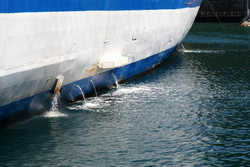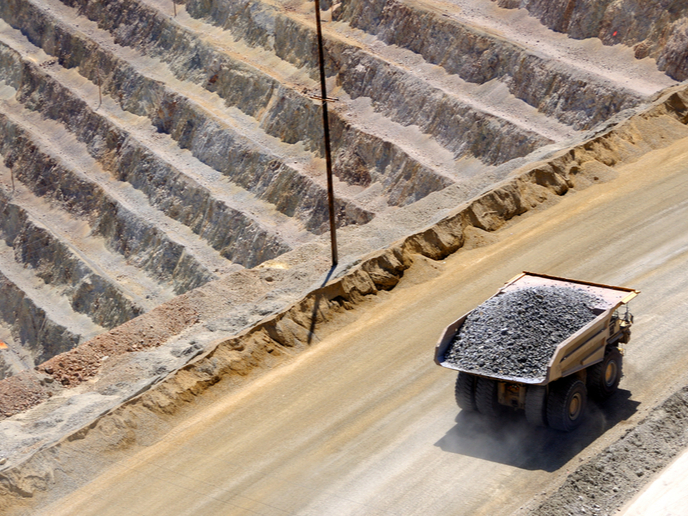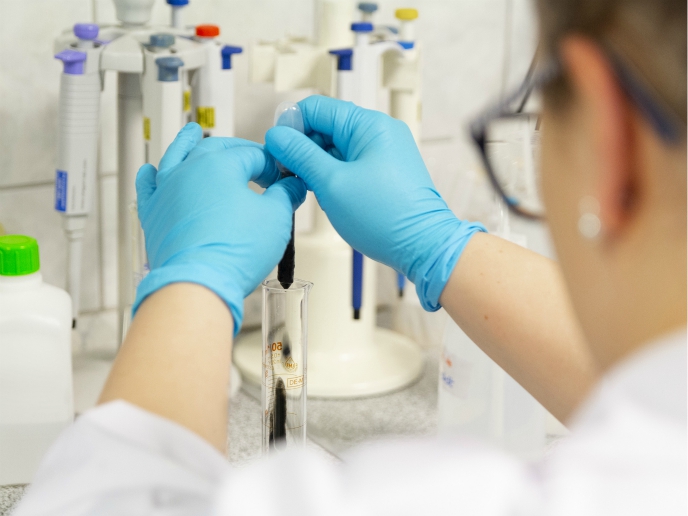Optimised treatment of ship wastewater
Bilge water and slop water are the dirty by-products of cleaning operations on ships or oil rigs. Both waste products are oily or otherwise polluted, hence may not be released into the sea without treatment. Current international regulations limit the maximum allowable pollutant concentrations to 15 parts per million (ppm) for total hydrocarbons. Individual jurisdictions may be more lax, while others enforce a standard stricter than the international limit. A general limit of 5 ppm has been proposed. To help operators of ships and oil rigs comply with the expected change, the EU-funded OILECLEAR (Development of a safe, compact, highly efficient, economic and fully automatic electrolytic treatment system for separation of emulsified oil from wastewater of ships (bilge) and oil rigs (slop)) project aimed to develop a new treatment system that separates emulsified water/oil using a novel three-phase design, to achieve 5 ppm in both bilge and slop water. Project partners began by investigating related regulations, standards, end-user and environmental requirements applicable to the design and various system components. Based on this, they developed an enclosure system for eliminating potentially explosive and toxic gases, a separation unit for removing generated floc beds and sedimentation from wastewater, and a novel process control unit for easy performance surveillance. Prototypes were tested and a functionality test was run on the system once all components were integrated. The OILECLEAR system complies with new discharge restrictions established by American and Australian authorities. It also meets current regulations on oil-in-water, such as the International Maritime Organization's revised guidelines and specifications for pollution prevention equipment for machinery space bilges of ships, and the United States and Baltic and North Sea countries that allow up to 15 ppm beyond 12 nautical miles from shore. By decreasing oil content in treated bilge or slop water to under 5 ppm, OILECLEAR will greatly reduce pollution in European seas and beyond while safeguarding the marine ecosystem.
Keywords
Ship wastewater, bilge water, slop water, electrolytic treatment system, emulsified oil, OILECLEAR







